Trees for Small Central Texas Ranch?
TORCHRIDER
10 years ago
Related Stories

HOUZZ TOURSMy Houzz: Eclectic and Colorful in Central Austin
A vibrant color palette and playful touches (amazing kitchen!) give a family's ranch style home a fresh update
Full Story
HOUZZ TOURSMy Houzz: Grand Openings for a Dallas Ranch
Tearing down walls was central to making this midcentury Texas home more open and inviting
Full Story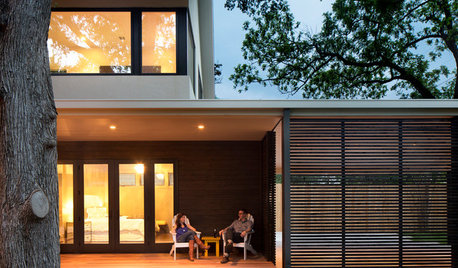
HOUZZ TOURSHouzz Tour: Up and Out Around a Heritage Tree
A Texas ranch house gets a modern makeover and a two-story addition that wraps around a protected backyard elm
Full Story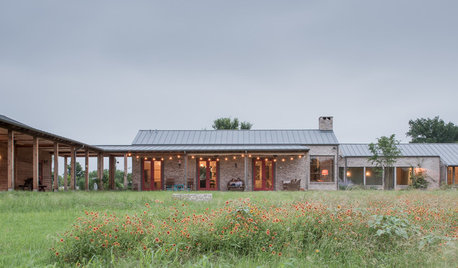
RANCH HOMESHouzz TV: An 1880s Texas Fort Influences a New Forever Home
See how this just-built Texas ranch home captures the look of history
Full Story
CONTEMPORARY HOMESHouzz Tour: Where ’60s London and Texas Style Meet
A midcentury ranch house’s architecture and a couple’s English and Lone Star State backgrounds come into play in a spirited renovation
Full Story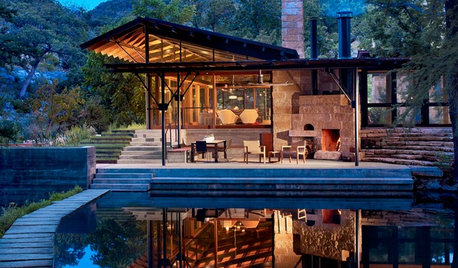
HOUZZ TOURSHouzz Tour: Texas Family Trades Traffic Noise for Frog Songs
Modern glass and stone structures hug two waterways on a sprawling Texas Hill Country compound
Full Story
HOUZZ TOURSHouzz Tour: A New Layout Opens an Art-Filled Ranch House
Extensive renovations give a closed-off Texas home pleasing flow, higher ceilings and new sources of natural light
Full Story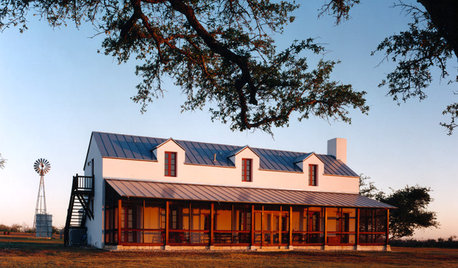
FARMHOUSESHouzz Tour: German Tradition Deep in the Heart of Texas
Rooted in architecture from the 1800s, this award-winning home mixes history with the vernacular of today
Full Story
GARDENING GUIDESGreat Design Plant: Sambucus Nigra
Common elderberry is a highly adaptable shrub from the eastern U.S., with berries galore for wildlife and humans alike
Full Story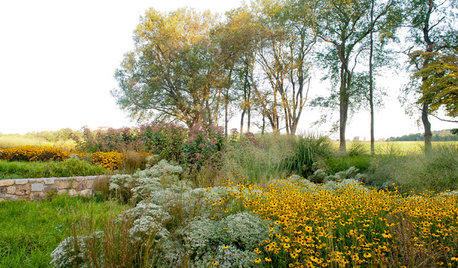
GARDENING GUIDES10 Essential Wildflowers for the U.S. Central Plains
Focusing on prairie wildflowers supports the most wildlife in a low-maintenance Plains landscape
Full StoryMore Discussions








j0nd03
TORCHRIDEROriginal Author
Related Professionals
Holly Springs Landscape Architects & Landscape Designers · Kyle Landscape Architects & Landscape Designers · Paradise Landscape Architects & Landscape Designers · Bethlehem Landscape Contractors · Buford Landscape Contractors · Frisco Landscape Contractors · Matthews Landscape Contractors · Brooklyn Park Landscape Contractors · Hoover Landscape Contractors · Mequon Landscape Contractors · Stony Brook Landscape Contractors · Oakville Siding & Exteriors · Foothill Farms Decks, Patios & Outdoor Enclosures · Foothill Farms Decks, Patios & Outdoor Enclosures · Vero Beach Decks, Patios & Outdoor Enclosuresblakrab Centex
ken_adrian Adrian MI cold Z5
scotjute Z8
TORCHRIDEROriginal Author
drpraetorius
lou_spicewood_tx
lucky_p
blakrab Centex
Deb
joeinmo 6b-7a